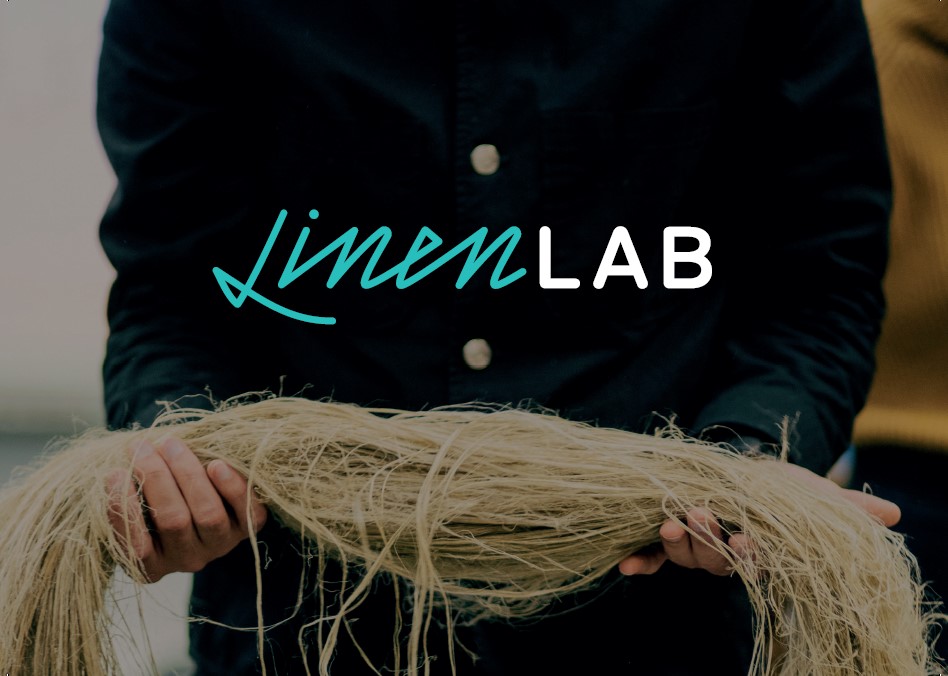F.E. McWilliam Gallery launch Linen Lab exhibition
Saturday 12 October – 9 November
The F.E. McWilliam Gallery & Studio and Armagh City, Banbridge and Craigavon Borough Council are delighted to present Linen Lab, a dynamic new exhibition which is the result of a year-long creative collaboration between eight artists – Rachel Fitzpatrick, Deborah Malcomson, Lyndsey McDougall, Robert Peters, Jill Phillips, Heather Richardson, Archibald Godts and Theresa Bastek of Studio Plastique and 400 young people from 13 local schools.
Linen Lab, which runs at the Banbridge arts venue from 12 October to 9 November 2019, is part of a large-scale engagement programme called Connected, jointly funded by the Council and the Arts Council of Northern Ireland’s Local Government Challenge Fund. This fund has offered local authorities the opportunity to increase investment in the arts by offering match funding of up to £1.5 million across Northern Ireland.
The Linen Lab exhibition documents the creative interactions between the artists and the young participants and presents new work developed during the project. Each artist’s distinct thematic and aesthetic concerns have emerged and developed to produce an exhibition that reveals the versatility of linen as a material, and reminds us of the significance of linen in our families, homes and industrial past.
The story of linen and Banbridge are intertwined, as it was once one of the main linen producing towns in Northern Ireland. At the height of the linen industry, there were some twenty mills associated with different processes in the production of linen dotted along the Bann Valley from Katesbridge to Gilford. Banbridge is the only town in Ireland that still produces Irish double-damask linen, under the auspices of Thomas Ferguson Irish Linen, which was established in 1854. Today, with a new focus on sustainability and biodegradable materials, linen and flax are once again in the spotlight and are being celebrated through the work of Linen Biennale NI.
The Linen Lab exhibition is a celebration of the many creative collaborations that took place over the course of the project and would not have been possible without the enthusiasm and curiosity of all the young people, artists and teachers who engaged in the project along with the support of the project partners: Thomas Ferguson Irish Linen, Banbridge and McConville’s Flax Mill, Dromore and the Arts Council of Northern Ireland.
Community Arts Development Officer and project lead, Louise Rice, said ‘Collaboration and engagement is at the heart of the Linen Lab project. We are all delighted to have had the opportunity to establish such positive working relationships and look forward to developing and widening further connections with the community in the future. The Local Government Challenge Fund has given three of our borough’s cultural venues a fantastic opportunity to develop innovative creative programmes that help sustain collaborative partnerships between artists and local residents’.
Linen Lab runs at the F.E. McWilliam Gallery & Studio until Saturday 9th November.
Admission is free.
For further information go to femcwilliam.com.


